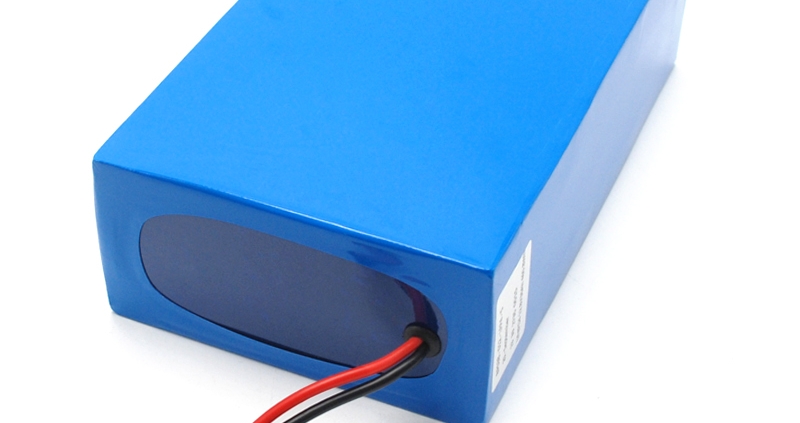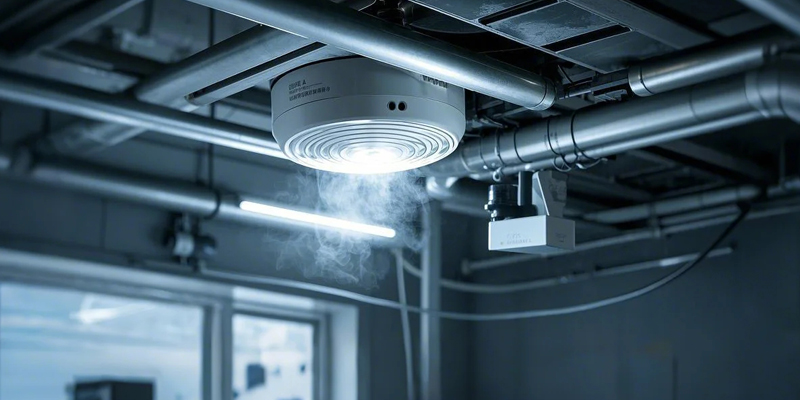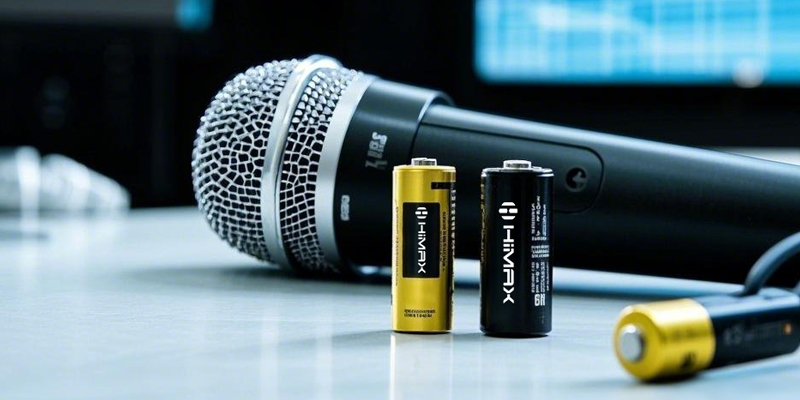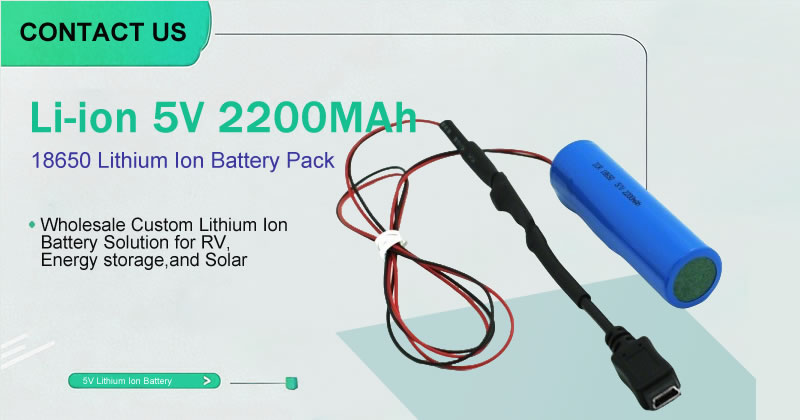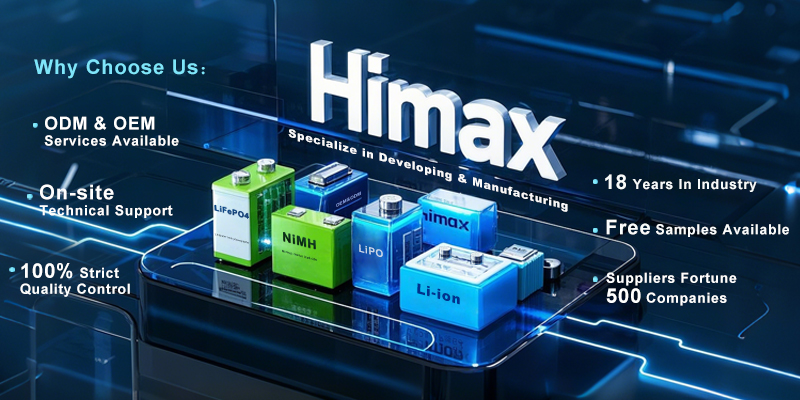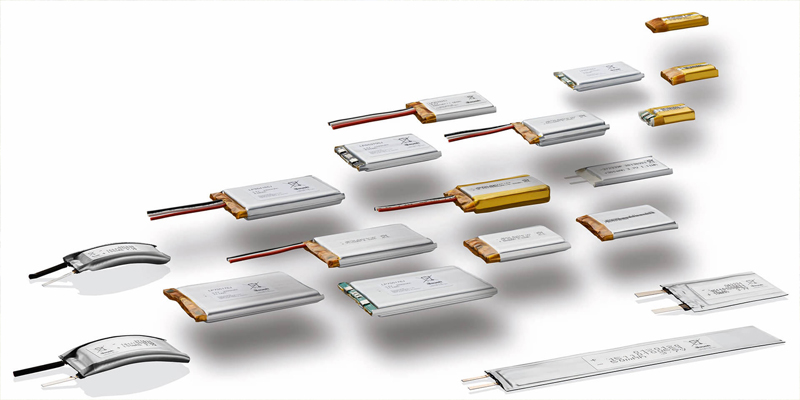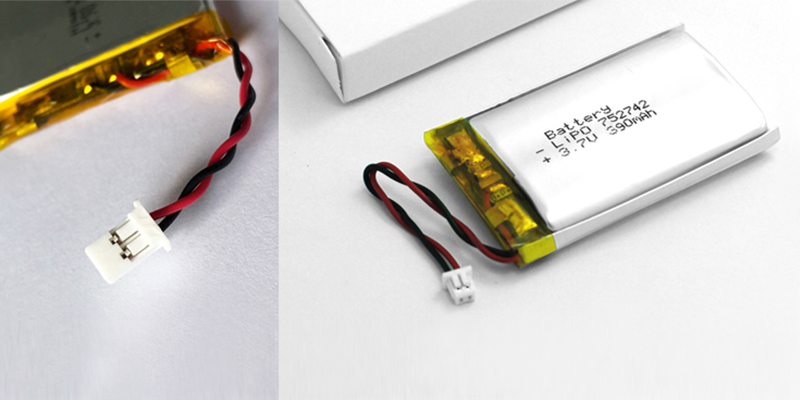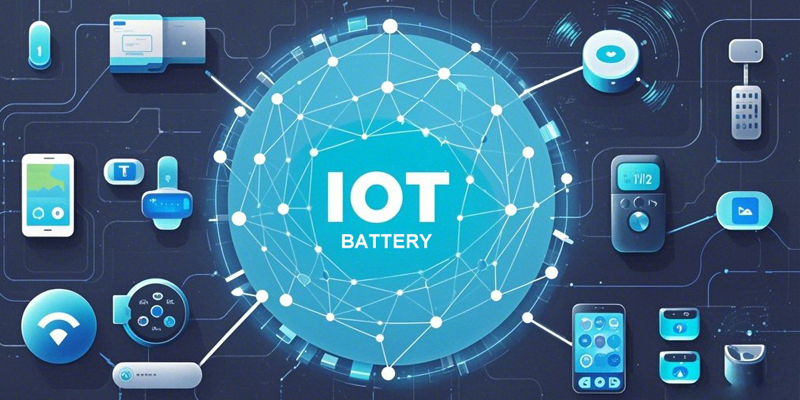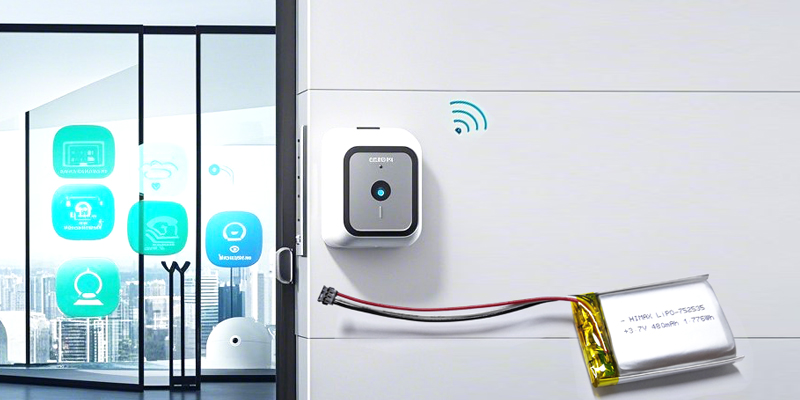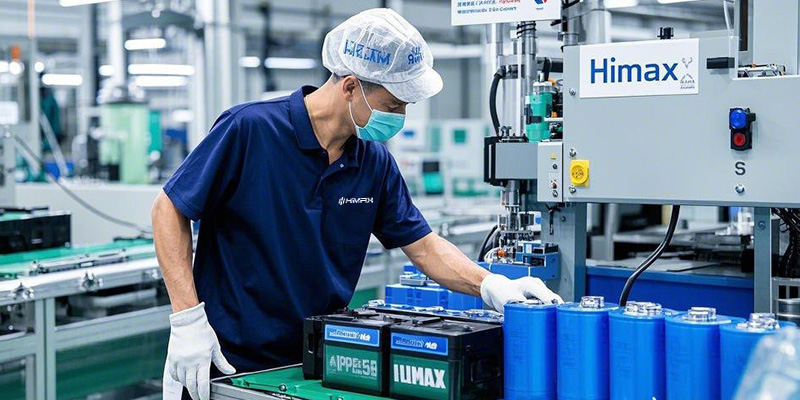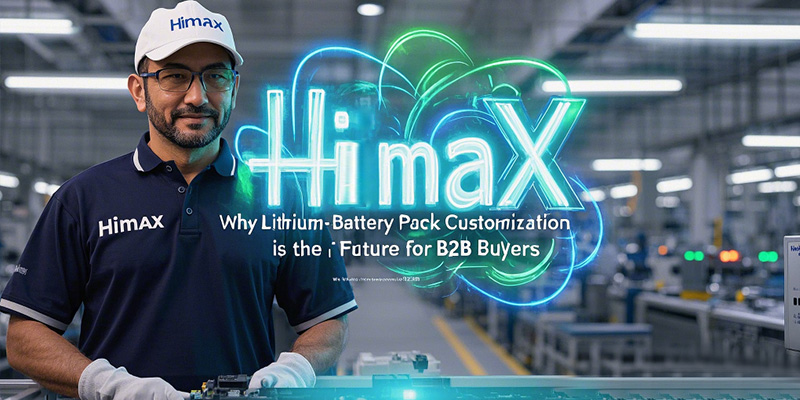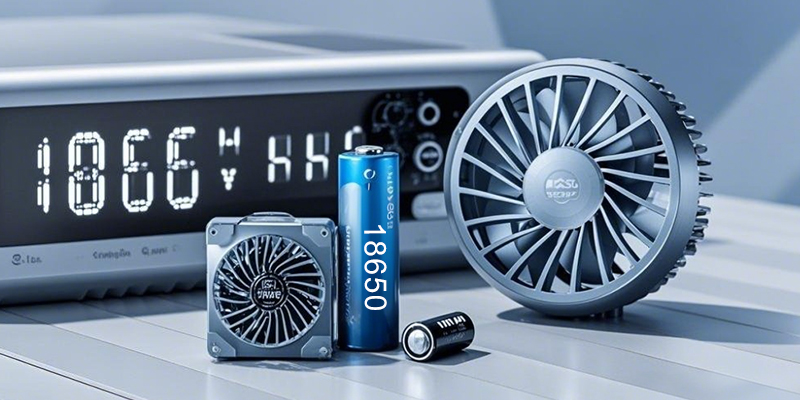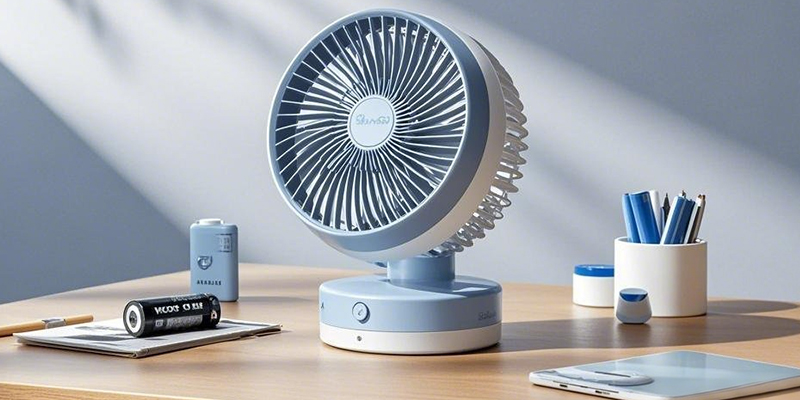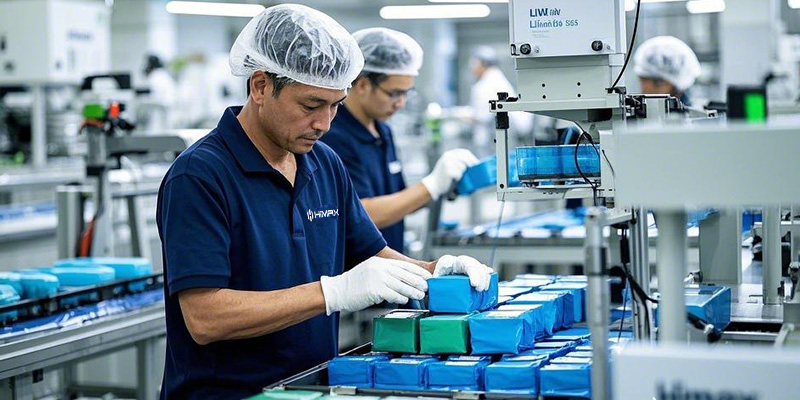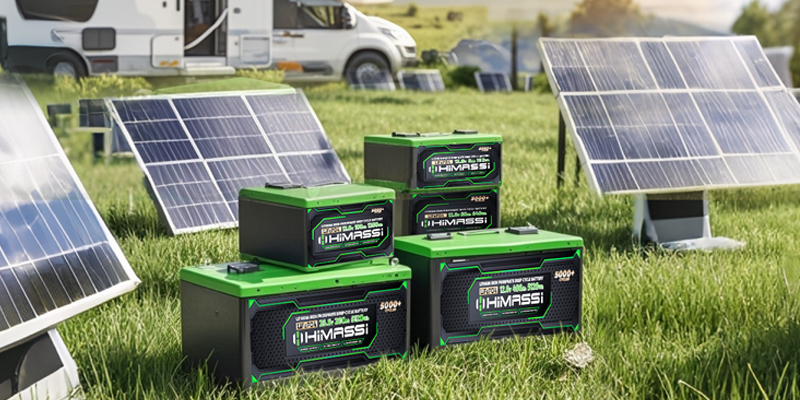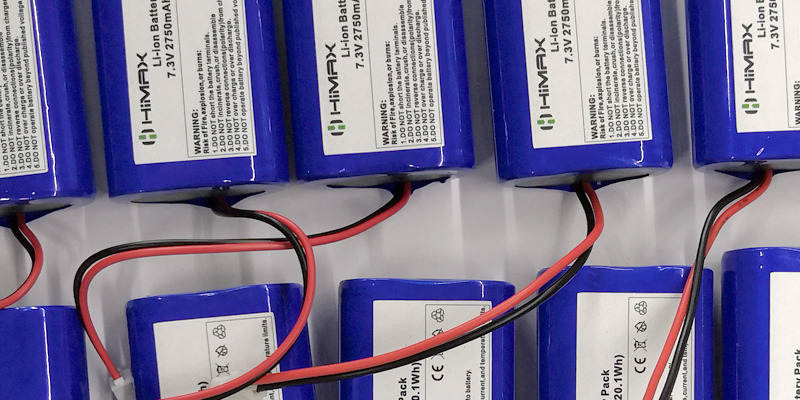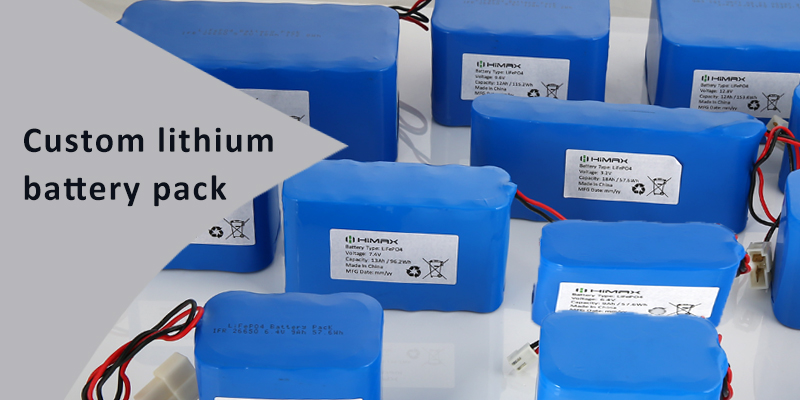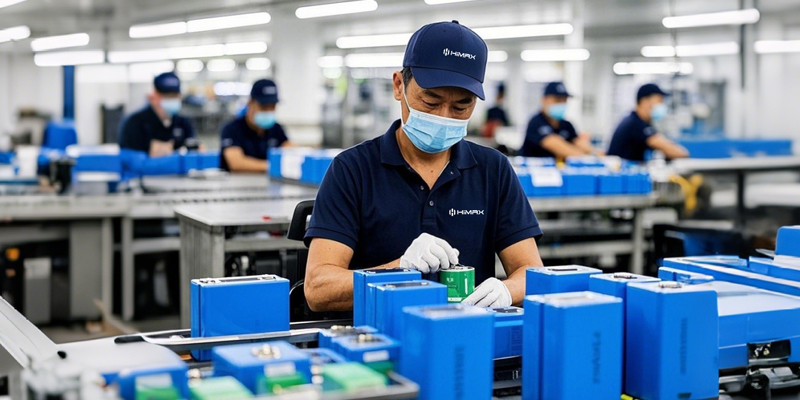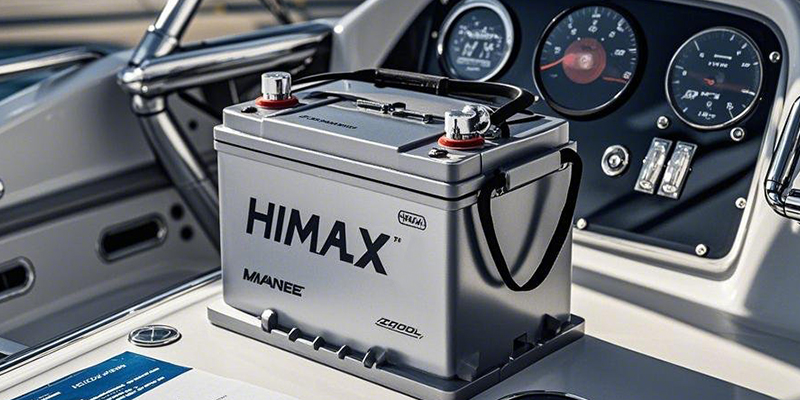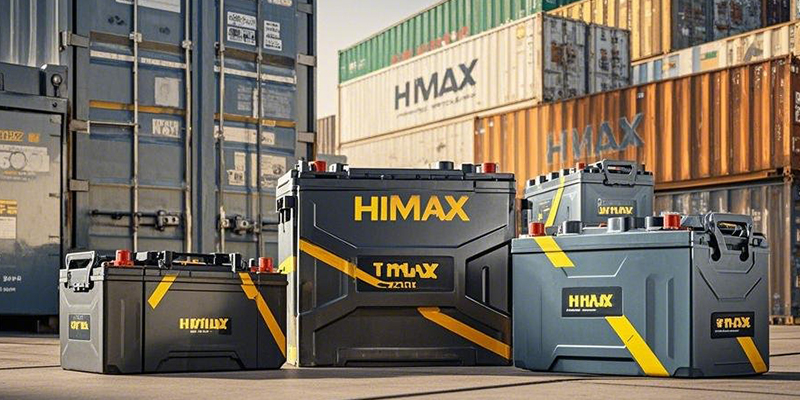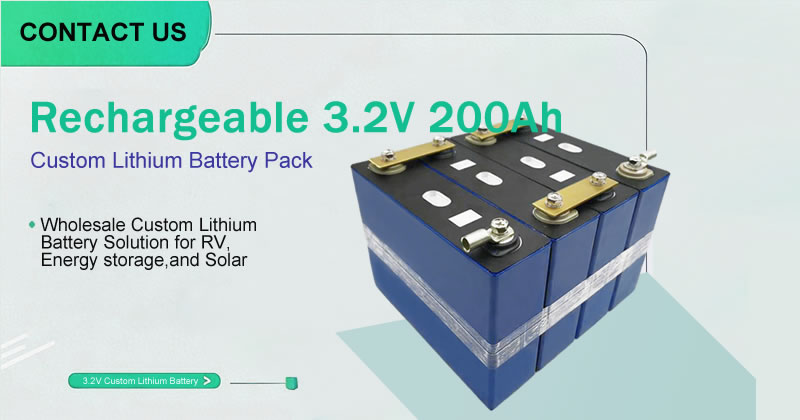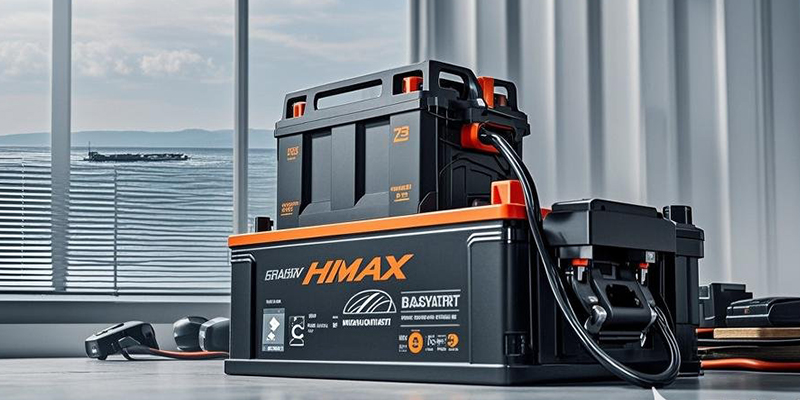With the increasing modernization of urban transportation systems, platform displays have become an indispensable part of them. They play a crucial role in information transmission, such as real-time schedules, advertising content, and important notifications. They ensure that commuters can stay informed about vehicle information and manage their time effectively. Ensuring the uninterrupted operation of these displays is particularly important, especially in environments with unstable power supply.To address this issue, custom lithium batteries have emerged as an efficient and reliable energy solution. So, what are the advantages and disadvantages of lithium batteries for platform displays? HIMAX has provided the following response.
The Importance of Platform Displays:
Real-Time Information Display: Providing services such as vehicle arrival times, station  platforms, route changes, and route information updates.
- Advertising and Public Service Announcements: Commercial advertising for revenue and public service information notifications.
- Enhanced User Experience: Improving the waiting experience for passengers through visible content display.

To achieve these functions and ensure their uninterrupted operation, we need to meet the following requirements:
- Stable Power Supply: Ensuring the screen can operate normally even during power outages or voltage instability.
- Durability: The screen must withstand outdoor conditions such as extreme temperatures and weather fluctuations.
- Low Maintenance Costs: Minimizing the frequency of maintenance and replacement to ensure cost-effectiveness.
How can we achieve these characteristics? We must delve into the advantages of custom lithium-ion batteries.
Advantages of Custom Lithium-Ion Batteries:
- Long Lifespan and Durability: Lithium batteries have almost no self-discharge, which extends their lifespan and reduces the frequency of use, thereby lowering replacement and maintenance costs.
- Adaptability to Extreme Weather: Lithium batteries can operate normally in extreme weather conditions, with a working temperature range from -20°C to 60°C, making them highly suitable for outdoor environments.
- Fast Charging and Discharging Efficiency: Lithium batteries support rapid charging, ensuring quick energy recovery and stable operation of the displays.
Of course, lithium batteries are not 100% perfect. They also have certain disadvantages, posing some challenges:
- Higher Initial Costs: The manufacturing cost of lithium batteries is higher than that of traditional nickel-cadmium, nickel-metal hydride, and lead-acid batteries. Although their long lifespan and low maintenance characteristics can offset some costs over time, the initial investment is inevitably higher.
- Recycling and Disposal: Efficient recycling systems need to be established to minimize their environmental impact.
As a leading lithium-ion battery factory, HIMAX has 12 years of professional experience in the design and manufacturing of high-performance battery packs, providing tailored lithium battery solutions to global customers. Our custom lithium batteries, with advantages such as high energy density, long lifespan, fast charging capabilities, and environmental sustainability, have become the ideal energy solution for platform displays. If you have related needs, please contact our staff promptly.

